Generative AI refers to artificial intelligence technology that learns from existing data to create new content. Unlike traditional AI, which focuses on pattern recognition and decision-making, generative AI is capable of producing creative outputs. Initially, it was mainly applied in fields such as image generation and speech synthesis, but its applications have now expanded to text generation, video editing, and even coding. The emergence of models like OpenAI's GPT series for natural language processing and Google's Imagen for image generation has significantly advanced the field of generative AI. The rapid progress in this technology has been driven by improvements in data processing, hardware capabilities, and optimized model architectures. As research continues, even more sophisticated generative AI models are expected to be developed in the future.
The core technology behind generative AI is machine learning, which enables artificial intelligence to learn patterns from data and make informed decisions. Machine learning plays a crucial role in generative AI by allowing it to generate creative and contextually relevant outputs. In particular, advancements in deep learning and neural networks have significantly improved the performance of generative AI. Technologies such as Generative Adversarial Networks (GANs) and Variational Autoencoders (VAEs) utilize various machine learning techniques to create realistic and high-quality content. Additionally, transformer-based models, which are capable of processing large datasets, have further enhanced the precision and scalability of generative AI. As machine learning techniques continue to evolve, generative AI models are expected to become even more advanced and efficient.
The advancement of generative AI heavily relies on the continuous progress of machine learning. Improvements in data processing techniques and model optimization methods have enabled generative AI to produce higher-quality outputs. The introduction of powerful learning algorithms and high-performance hardware has allowed models to learn and replicate complex patterns more effectively. For instance, transfer learning has significantly expanded the applicability of generative AI by enabling models to leverage knowledge from pre-trained datasets. Moreover, ongoing research in explainability and trustworthiness of AI models is helping to ensure that generative AI can be used reliably in real-world applications. These developments highlight the crucial role of machine learning in shaping the future of generative AI.
Generative AI and the Core Technologies of Machine Learning
Deep learning is a machine learning technique based on multi-layered neural networks. It processes large volumes of data to recognize high-level patterns and is widely used in image recognition, speech processing, and natural language processing. Neural networks are AI models designed to mimic the structure of neurons in the human brain, consisting of multiple layers of artificial neurons that process input data and adjust weights to produce optimal outputs. Convolutional Neural Networks (CNNs) and Recurrent Neural Networks (RNNs) play key roles in image and sequential data analysis, respectively.
Supervised learning is a training method where input data is provided along with corresponding labels, allowing models to learn through guidance. It is widely applied in tasks such as image classification, speech recognition, and machine translation. While this method guarantees high predictive accuracy, it requires a significant amount of labeled data. On the other hand, unsupervised learning identifies patterns and structures within data without predefined labels. This approach is commonly used in clustering analysis and anomaly detection. In Generative AI, unsupervised learning helps in discovering hidden structures within vast datasets, contributing to the generation of new content.
Reinforcement learning is a technique where AI models learn optimal behavior through a reward-based system. An agent interacts with its environment and improves its strategy to maximize rewards. This method is actively researched in areas such as game AI, robotics, and autonomous driving. Generative models, on the other hand, are AI models designed to create new data based on learned distributions. They are fundamental to Generative AI, enabling the production of images, text, music, and videos by analyzing existing datasets.
Generative Adversarial Networks (GANs) consist of two neural networks—a generator and a discriminator—that compete against each other. The generator creates data that closely resembles real data, while the discriminator evaluates and differentiates between generated and actual data. Through continuous training, the generator improves its ability to produce high-quality data. GANs are widely used in AI-generated images, face synthesis, and style transfer. Transformers, on the other hand, are crucial models in natural language processing (NLP). They analyze the relationships between words in a sentence to understand context and generate text. Prominent examples include BERT and the GPT series, which have significantly contributed to the advancement of Generative AI technology.
The Role of Machine Learning in the Era of Generative AI
Data Processing and Model Training
To maximize the performance of Generative AI, a vast amount of high-quality data is required. Machine Learning enables efficient data processing by automating data collection, cleaning, and transformation. Through supervised and unsupervised learning techniques, it analyzes data and identifies patterns, forming the foundation of generative models. Additionally, data augmentation techniques are applied to diversify training data, thereby improving the generalization capability of models.
Enhancing and Optimizing Generative Models
For Generative AI to produce more sophisticated results, continuous improvement of model performance is essential. Machine Learning contributes to this by optimizing hyperparameters, applying transfer learning, and refining neural network architectures. Notably, Generative Adversarial Networks (GANs) and Transformer-based models have evolved through Machine Learning techniques, enabling the generation of more natural and creative content.
Ethical AI Development and Ensuring Reliability
As the use of Generative AI expands, addressing ethical concerns and ensuring reliability have become crucial. Machine Learning helps mitigate biases and enhance fairness by applying data filtering and bias correction techniques. Additionally, Explainable AI (XAI) is incorporated to increase transparency in AI decision-making, thereby improving trust in AI systems. Security technologies are also continuously improved through Machine Learning to protect user privacy and prevent misuse.
Contributions to Business and Industrial Innovation
Generative AI is driving innovation across various industries, with Machine Learning serving as a key enabler. In the medical field, it supports AI-driven drug discovery and medical image analysis, while in the financial sector, it enhances security through fraud detection and risk assessment. In manufacturing, AI facilitates quality control and predictive maintenance, improving overall production efficiency. In this way, Machine Learning accelerates the practical application of Generative AI and plays a crucial role in advancing innovation across different industries.
The Role of Machine Learning in the Era of Generative AI
Image Generation (AI Art and Design)
Generative AI is bringing significant innovations to the field of image generation. Deep learning-based neural networks can create unique artistic styles, replicate famous artists' techniques, and generate high-quality images automatically. Technologies such as Generative Adversarial Networks (GANs) and Transformer-based models play a crucial role in producing realistic and creative images. These advancements are widely used in the design industry for advertising, branding, game graphics, and film production. Additionally, personalized image generation is becoming more sophisticated, allowing users to create customized characters, virtual fashion designs, and unique artistic compositions.
Text Generation (ChatGPT and Natural Language Processing)
The advancements in Natural Language Processing (NLP) have enabled Generative AI to excel in text generation. AI models like ChatGPT can learn from vast amounts of data to generate fluent and natural text, making them useful for customer service, content creation, translation, and summarization. Many businesses integrate AI-powered chatbots to provide 24/7 customer support with accurate and quick responses. Additionally, AI-driven writing assistants help users create blog posts, news articles, and reports, enhancing efficiency and creativity. In education, AI supports students in improving their writing skills by providing tailored feedback and assisting in personalized learning experiences.
Music and Video Generation (AI Content Creation)
Generative AI plays a vital role in music and video production. AI can compose new pieces based on learned data or analyze existing music styles to create similar compositions. AI-driven music generation tools are widely used for advertisements, background music, and game soundtracks, reducing production time and expanding creative possibilities. In video production, AI technology assists in automatic editing, voice synthesis, and animation creation, significantly improving content creators' efficiency. YouTube and social media content creators benefit from AI’s ability to generate subtitles, summarize videos, and enhance video quality, making the production process faster and more seamless.
Applications in Healthcare and Scientific Research (Drug Discovery and Data Analysis)
Machine learning and Generative AI are revolutionizing the healthcare and scientific research sectors. AI can analyze vast medical datasets to improve disease diagnosis and treatment strategies. In drug discovery, AI-driven simulations accelerate the identification of potential new treatments, significantly reducing the time required for development. Additionally, AI-powered medical imaging analysis enhances the precision of MRI and CT scan evaluations, leading to earlier disease detection and more accurate diagnoses. These technologies also enable personalized medicine by analyzing individual health data to recommend tailored treatments. Beyond healthcare, AI contributes to genomic analysis, protein structure prediction, and climate change research, playing a crucial role in advancing scientific discoveries.
AI Verification Systems (Enhancing Trust and Security in Online Game)
The online Game industry leverages machine learning to analyze player behavior and develop personalized game recommendation systems. AI evaluates users’ playing styles, preferences, and gaming history to suggest the most suitable games, providing a more customized and engaging experience. This approach helps Game operators enhance customer satisfaction while allowing players to discover games that best match their interests. Additionally, machine learning-powered analysis optimizes game reward structures to improve user retention and engagement.
To maintain fairness, online games employ advanced fraud detection systems powered by machine learning. AI algorithms analyze player behavior to identify irregular patterns and detect fraudulent activities such as bot usage, card counting, and account hacking. These systems operate in real time, using anomaly detection techniques to quickly recognize and prevent suspicious actions. By implementing AI-driven fraud detection, Game platforms ensure a secure and trustworthy gaming environment, protecting both operators and users.
To enhance reliability and security, the online game industry is actively incorporating AI-driven verification systems, with platforms like onca888.com playing a key role. AI-based verification analyzes casino site credibility, licensing information, payment security, and encryption protocols, ensuring users can engage in safe gaming. Furthermore, machine learning algorithms help identify fraudulent websites and compile lists of trustworthy casinos, improving player safety. As AI verification systems continue to evolve, they are becoming an essential component of maintaining transparency and integrity in the online game industry.
Challenges of Machine Learning in the Era of Generative AI
Data Quality and Learning Bias Issues
The performance of Generative AI models largely depends on the quality of the data used for training. If incorrect or biased data is included, AI is likely to generate inaccurate results. In particular, data bias can cause AI models to excessively reflect specific groups or opinions, undermining fairness. To address this, it is crucial to obtain data from diverse sources and conduct thorough data preprocessing. Additionally, algorithmic approaches to mitigate bias are necessary, along with continuous monitoring to ensure the model operates fairly.
Interpretability and Transparency of Models
Machine learning-based Generative AI models use complex neural network structures, making it difficult to fully understand how they work. If a generative model cannot explain how it derives a particular result, users may struggle to trust its decisions. To solve this, researchers are developing Explainable AI (XAI) techniques and studying ways to enhance model transparency. Establishing trust in AI systems requires disclosing and explaining their decision-making processes in ways that users can comprehend.
The Need for AI Ethics and Regulatory Reinforcement
While the advancement of Generative AI offers numerous possibilities, it also raises ethical concerns. AI-generated fake news, misinformation, and deepfake content have the potential to negatively impact society. As a result, regulations and policies are necessary to prevent the misuse of AI technology, and developers must adhere to ethical guidelines. Governments and corporations worldwide are establishing AI-related laws, emphasizing the importance of implementing fair and safe technologies with accountability throughout the development process.
Securing High-Performance Computing Resources and Sustainability
Generative AI models require massive data processing and complex computations, making high-performance computing resources essential. However, this comes with high costs and significant energy consumption, raising sustainability concerns. To reduce the energy required for AI computations, it is important to develop efficient algorithms and consider environmentally friendly data center operations. Additionally, utilizing cloud computing and distributed computing technologies can help manage computational resources more effectively. Ensuring that AI advancements do not compromise sustainability requires proactive efforts in eco-friendly AI research and policy development.
The Future Direction of Machine Learning and Generative AI
Machine Learning serves as the fundamental technology behind Generative AI, and improvements in its algorithms directly contribute to the enhanced performance of AI-generated content. The advancement of large-scale data processing capabilities and the optimization of neural network models enable more sophisticated content creation and high-level AI applications. Recent developments in self-supervised learning and meta-learning techniques allow AI to learn from data more effectively without human intervention, fostering greater creativity and problem-solving capabilities. As a result, Generative AI is evolving beyond simple text or image generation to tackle more complex challenges and innovate across various industries. This progress significantly enhances the applicability of AI in different fields, expanding its role beyond automation into intelligent content creation and decision-making.
As Generative AI is increasingly integrated into various industries, the role of Machine Learning continues to expand. In healthcare, AI assists in early disease detection and drug discovery, while in the financial sector, it enhances risk analysis and fraud detection capabilities. Additionally, Machine Learning is revolutionizing media and content production by enabling personalized content recommendations, and it is becoming a crucial tool in creative fields such as art and design. Future AI research will focus on improving explainability and reliability, ensuring that AI models can be better understood and trusted. In industrial applications, AI-driven automation and productivity enhancement strategies will be further explored, paving the way for more efficient and innovative business solutions.
As Generative AI and Machine Learning continue to evolve, the way humans collaborate with AI is also changing. AI automates repetitive tasks and analyzes data to provide optimal decision-making support, allowing humans to focus on creative thinking and ethical decision-making. For instance, AI-generated drafts or designs can be refined and finalized by human experts, fostering a collaborative workflow that maximizes efficiency and creativity. In research and development, AI-driven innovation is accelerating progress in science, education, and the arts, creating new opportunities for human-AI interaction. Moving forward, strengthening AI’s trustworthiness and ethical considerations will become increasingly important, ensuring that AI enhances human life while maintaining transparency and accountability. The evolution of AI-human collaboration will continue to shape a future where technology complements and empowers human capabilities.

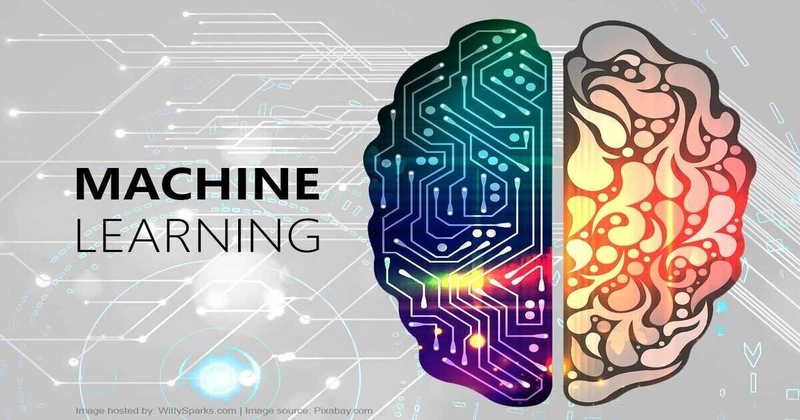

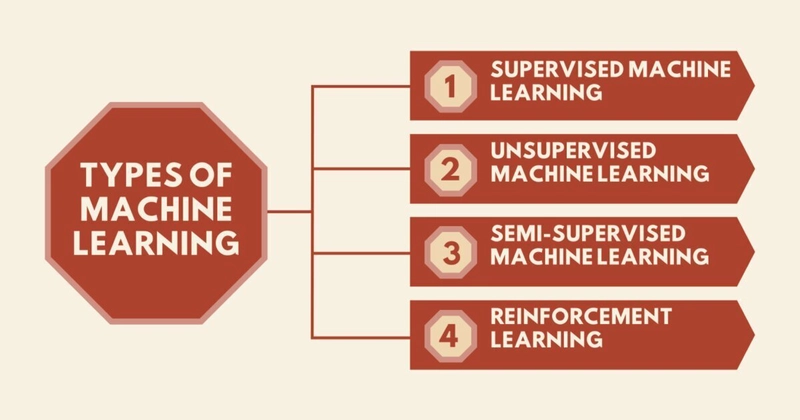
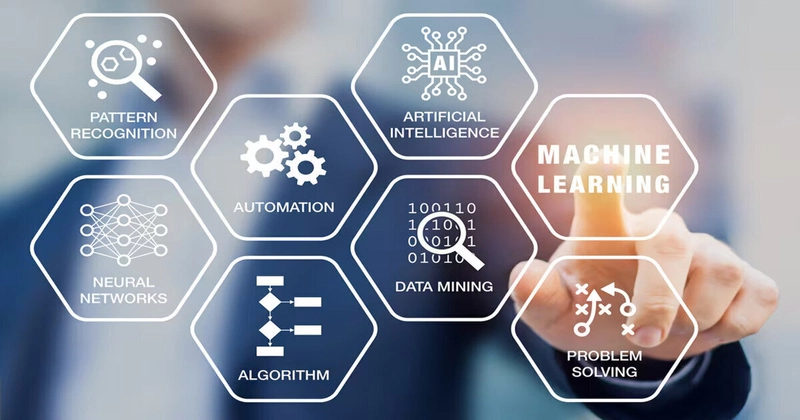
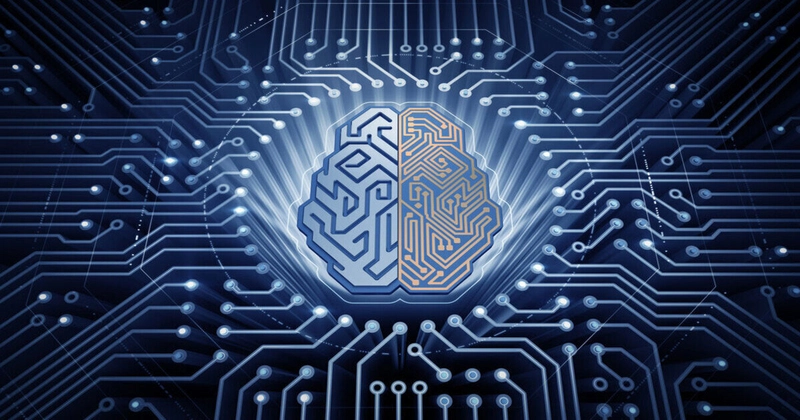
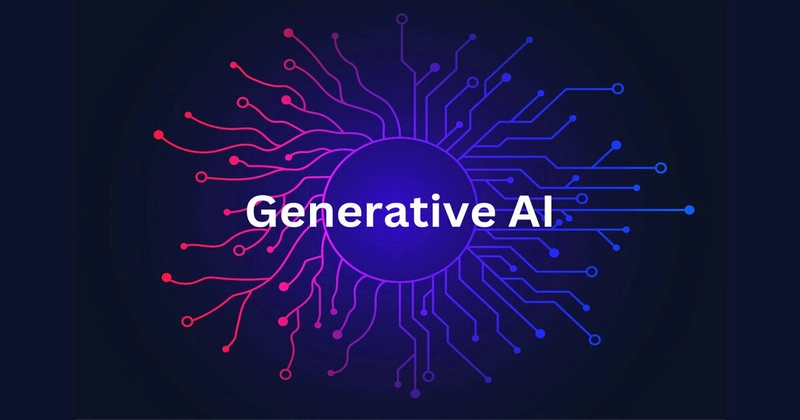

Top comments (0)